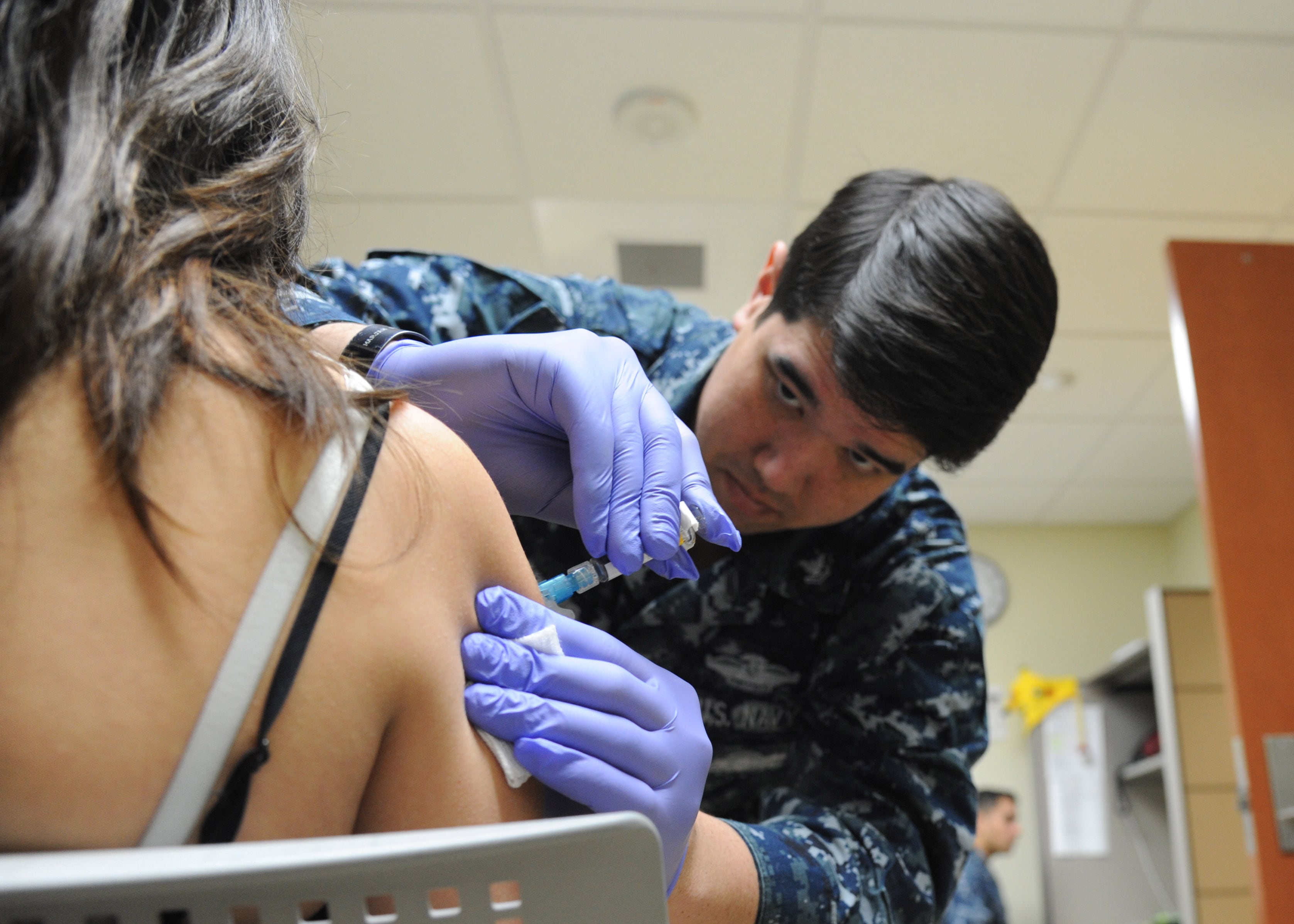Calling the military health system slow and inefficient, the Senate Armed Services Committee has proposed eliminating the Army, Navy and Air Force medical commands and folding them into the Defense Health Agency.
Under the committee's draft of the National Defense Authorization Act, the military medical commands would be absorbed into the DHA. The service surgeons general would become advisers to the service chiefs and secretaries as well as the Defense Health Agency, while DHA, led by a three-star, would oversee four two-star organizations: military treatment facilities, personnel and training; current DHA duties; and medical force readiness.
Senators said the current structure, with more than 12,000 military and civilian employees, has "failed to recognize and rapidly correct systemic problems in health care delivery."
"The committee believes that the current inefficient organizational structure … paralyzes rapid decision-making and stifles innovation in producing a modern health care system," members wrote in the report accompanying the bill, S 2943.
The proposal to dismantle the three military medical commands and create a single one has been the topic of debate since the end of World War II, when Gen. Dwight D. Eisenhower first pitched it.
More than 15 studies have been done on the topic since, with GAO in 2011 finding that the Defense Department could save from $281 million to $460 million annually by reorganizing medical commands and consolidating common functions.
But that review was done before a DoD task force released its recommendations on reforming the military health system, a two-year effort that resulted in the establishment of the DHA, which oversees core functions like Tricare management, information technology, pharmacy services, training and education, and more.
The Pentagon estimates DHA saved the department $236 million in the first two years of operation.
A blue-ribbon commission last year recommended a revision of the military health system to include a broad four-star "Joint Readiness Command" with a subordinate unified joint medical command.
Group members argued that the proposal would help preserve the combat medical capabilities achieved in the past 15 years of war.
The House version of the defense policy bill also calls for reorganizing the military health system but falls short of abolishing the military medical commands. Instead, it would place military health facilities under the administration of the Defense Health Agency, with the three service surgeons general being responsible for command of military medical personnel, medical readiness, manpower, training and equipment.
Since the DoD task force report was released in 2012, the military services have sought to preserve medical capabilities unique to their departments — skills and services that medical leaders say has contributed to the lowest case fatality rate of any U.S. war.
Earlier this year, Army Surgeon General Lt. Gen. Nadja West warned against extreme proposals to reform the system.
"Reforms must not degrade our combat-tested system or readiness in an environment where we must remain rotationally focused and surge-ready [because] the next large-scale deployment could be tomorrow," West told a Senate Armed Services subcommittee.
The Senate is debating provisions of its National Defense Authorization bill this week. It must be agreed to by the full Senate and its differences reconciled with the House's bill before the president can sign it into law.
Patricia Kime covers military and veterans health care and medicine for Military Times. She can be reached at pkime@militarytimes.com.
Patricia Kime is a senior writer covering military and veterans health care, medicine and personnel issues.





